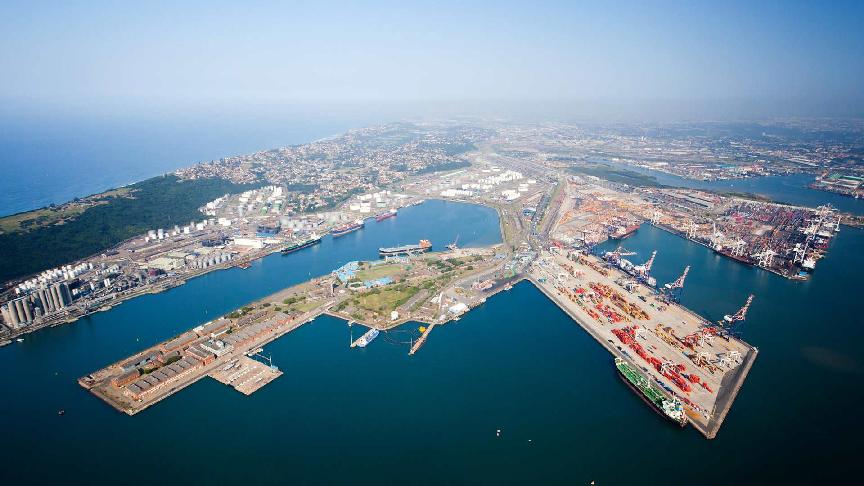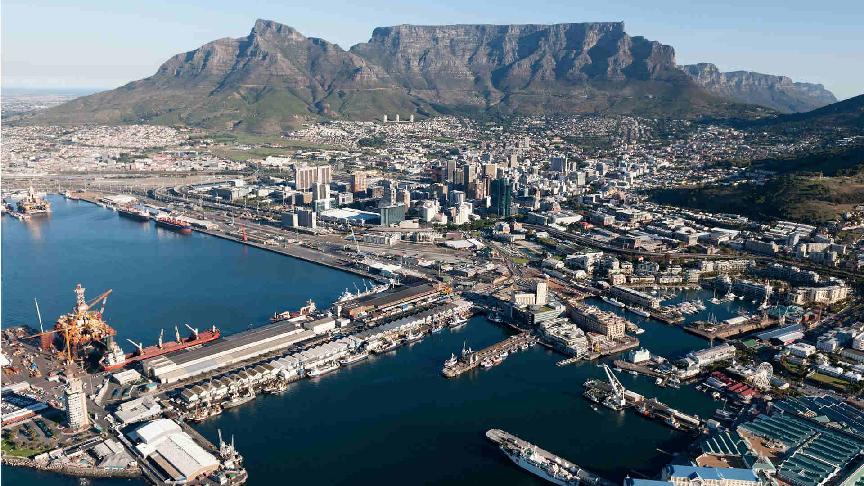6 December 2023 (LLoyd's List) - DATA shows no change in the overall number of cargo-carrying vessels operating in the Red Sea since Yemen’s Houthi rebels attacked commercial vessels last month — nor heightened efforts to disguise locations when sailing.
In mid-November the Houthis threatened to target Israeli ships in the Red Sea and Bab el-Mandeb Strait and hijacked the Bahamas-flagged car carrier Galaxy Leader (IMO: 9237307) only days later. The situation escalated over the weekend.
The US Central Command (Centcom) said USS Carney, a destroyer, responded to drone and missile attacks on three commercial vessels between 0915 hrs and 1630 hrs local time on December 3, shooting down three drones.
Companies with links to Israel are rerouting vessels around the Cape of Good Hope to avoid the area because of the heightened risk, but vessel tracking data from Lloyd’s List Intelligence shows no significant change in overall traffic volumes.
In the two weeks before the Houthis turned the Red Sea into a geopolitical flashpoint there was an average of 381 ships transiting or sailing within the area each day. This includes vessels over 10,000 dwt, those that are involved in international trade, that are not anchored or at berth.
The average daily number of operating ships was 390 between November 15 and November 28, more ships than in the same period in 2022. There are daily fluctuations in the number of active vessels, but nothing to suggest this is in response to Houthi attacks.
Preliminary data also does not indicate that more vessels are operating “offline”, without their Automatic Identification System enabled, in the Red Sea. Some 135 AIS gaps started or ended in the area in November. This figure was 140 in November last year and 149 last month.
There were small increases in vessels going dark in the Red Sea after the Houthis announced their intention to target Israeli ships, after reports of drones being shot down over the Red Sea, as well as after reports of attacks and seizures.
Still, the volume of gaps is not unusually high or out of line with historical data. It is possible these numbers will be revised upwards in the coming weeks as more data become available. Regardless of what the numbers say, the spate of attacks has prompted concerns from governments.
The Red Sea is located in between the Suez Canal and Bab el-Mandeb and connects the Mediterranean and Arabian Seas, making it a critical chokepoint for global trade.
The Houthis are targeting Israeli-affiliated vessels, but may be misidentifying them.
In several statements claiming responsibility for the attacks against panamax bulker Unity Explorer (IMO: 9726035)and 4,250 teu boxship Number 9 (IMO: 9340752), the Houthis said the ships were targeted for links to Israel.
The Panama-flagged panamax bulk carrier AOM Sophie II (IMO: 9881366), which issued a distress signal stating it was struck by a missile, was not mentioned. Neither Sophie II nor Number 9 appear to have any clear affiliation to Israel.
EOS Risk Group head of advisory Martin Kelly said: “I think it likely the Houthis are using outdated data which broadens the scope of at-risk vessels from those with a direct affiliation to Israel to those with historic links.”
US national security adviser Jake Sullivan said: “We do not believe that all three ships had ties to Israel, and it goes to show you the level of recklessness that the Houthis are operating on.”
The information on the Israel links is not definitive though, he added.
The US is in ongoing talks with other countries about establishing a naval task force to ensure safe passage of ships in the Red Sea.
Sullivan said: “This is not just an issue for the United States. These ships were not US commercial ships, they were from a variety of nations. This is an issue for the entire world, for every country that relies upon maritime commerce to sustain their economy.”







